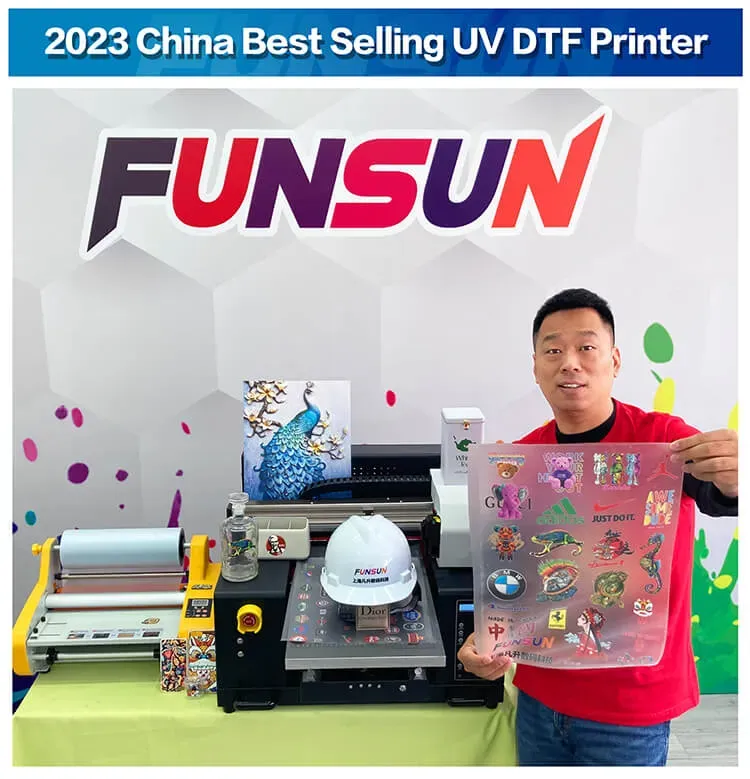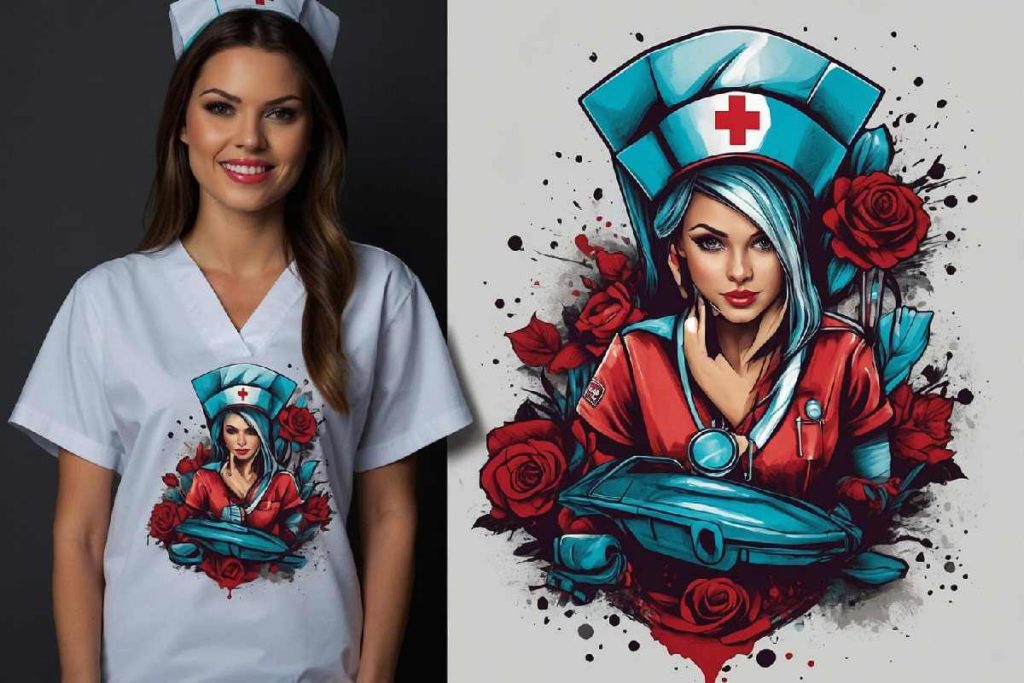In the evolving world of printing technology, **UV DTF printing** is emerging as a game-changer, revolutionizing how we approach custom printing solutions. Unlike traditional printing methods, this innovative technique utilizes ultraviolet light to quickly cure inks, resulting in vibrant and durable prints suitable for a variety of substrates. Businesses are increasingly drawn to UV DTF printing due to its rapid turnaround times and the ability to produce high-quality images that outshine screen printing. With advantages such as eco-friendliness and 3D texturing capabilities, it’s clear why this modern approach stands out in the landscape of **custom printing technologies**. Discover how **screen printing vs UV DTF** highlights the efficiency and versatility of this cutting-edge process.
Known as UV Direct-to-Film printing, this modern technique has set a new benchmark in the printing industry, redefining the standards for quality and efficiency. Utilizing ultraviolet light to dry inks, UV DTF printing delivers high-resolution images that surpass those produced by conventional methods. Compared to traditional techniques such as screen printing, this method minimizes production delays and material limitations, providing a flexible solution for diverse printing needs. As industries seek innovative ways to enhance visual impact while remaining environmentally conscious, UV DTF technology emerges as a preferred option, showcasing its numerous **advantages of UV DTF** over established practices. Exploring this alternative method reveals its significance in shaping the future of printing.
The Basics of UV DTF Printing Explained
UV Direct-to-Film (DTF) printing is a cutting-edge technology that employs ultraviolet light to instantly cure inks onto diverse substrates. This quick curing process not only enhances the vibrancy and durability of prints but also reduces the typical production time associated with traditional printing methods. Businesses can turn around projects swiftly, meeting tight deadlines, making UV DTF particularly advantageous for those in fast-paced industries.
Unlike traditional printing processes, which may require layers of drying time, UV DTF ensures that prints are ready for use immediately after curing. This efficiency allows for rapid prototyping and immediate fulfillment of customer orders, establishing a competitive edge in a market that demands agility and speed.
Frequently Asked Questions
What are the main advantages of UV DTF printing over traditional printing methods?
UV DTF printing boasts several advantages over traditional printing methods, such as screen printing. It offers high-quality prints with vibrant colors and excellent detail. It cures inks almost instantaneously using ultraviolet light, resulting in a rapid production turnaround that traditional methods cannot match. Additionally, UV DTF inks are often more environmentally friendly and allow for unique features like 3D texturing, making it suitable for a variety of materials.
How does UV DTF printing compare with screen printing?
When comparing UV DTF printing to screen printing, the former shines in terms of versatility and speed. UV DTF printing does not require lengthy drying times, allowing for quick turnarounds and the ability to print on various substrates, including irregular shapes. In contrast, screen printing is efficient for high-volume runs but takes longer to set up and may not achieve the same detail and color gradients as UV DTF.
Can UV DTF printing be used for small production runs?
Yes, UV DTF printing is particularly cost-effective for small production runs. Unlike traditional printing methods that often require larger quantities to justify setup costs, UV DTF can produce high-quality prints economically for short runs. This feature makes it an attractive option for small businesses and individual creatives looking to produce unique items.
What types of materials can be printed with UV DTF technology?
UV DTF printing is incredibly versatile and can print on a wide range of materials, including textiles, plastics, metals, glass, and more. This adaptability gives it an edge over many traditional printing methods, which may have restrictions concerning material compatibility.
What is the environmental impact of UV DTF printing compared to traditional methods?
The environmental impact of UV DTF printing is generally more favorable than that of traditional printing methods. UV inks used in DTF printing often contain fewer harmful solvents and can be cured quickly, reducing emissions associated with drying times. As sustainability becomes more important in the printing industry, UV DTF technology aligns well with eco-friendly practices.
What recent innovations have emerged in UV DTF printing technology?
Recent innovations in UV DTF printing technology include advancements that enable 3D texturing in prints, enhancing tactile appeal and creativity for promotional products and custom design applications. Products like the **eufyMake UV Printer E1** exemplify this trend, showcasing the potential for home-based projects and expanding the capabilities of UV printing in various markets.
| Key Features | UV DTF Printing | Traditional Methods |
|---|---|---|
| High-Quality Prints | Produces high-definition images with vibrant color detail. Can print on various substrates like textiles, plastics, and metals. | Limited to specific materials and often lacks color vibrancy in comparison. |
| Fast Drying Time | UV inks cure almost instantly when exposed to UV light, allowing for quick turnarounds. | Requires significant drying time, leading to slower production and workflow complications. |
| Environmental Impact | Uses more eco-friendly inks compared to traditional printing methods, appealing to sustainability. | Inks used may not be as environmentally friendly, raising concerns for sustainability. |
| 3D Texturing Capabilities | Allows for 3D texturing, adding a tactile experience to printed products. | Lacks the ability to create 3D textures, limiting design possibilities. |
| Cost-Effectiveness for Short Runs | More economical for short-run projects despite initial equipment costs. | Requires large print runs to justify costs, less appealing for small projects. |
Summary
UV DTF printing is revolutionizing the print industry with its innovative approach to producing high-quality, vibrant prints quickly and sustainably. By utilizing ultraviolet light to cure inks, UV DTF delivers exceptional detail and color on a variety of surfaces while minimizing the environmental impact compared to traditional printing methods. Its rapid production times, unique 3D texturing capabilities, and cost-effectiveness for short runs make it a compelling choice for businesses and creatives alike. As the demand for high-quality, custom printed products continues to grow, UV DTF printing stands at the forefront, offering a bright future for versatility and creativity in the printing sector.



